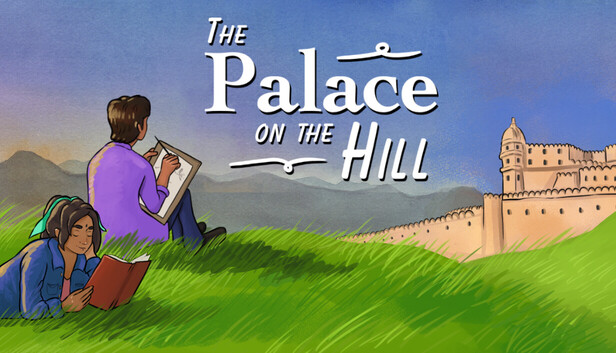The Palace on the Hill revives the spirit of point-and-click adventures by trading pirates and fantasy worlds for something far more grounded. Set in rural India during the 1990s, it follows a young boy navigating friendship, ambition and the everyday challenges of growing up. Instead of distant galaxies or noir cityscapes, the story unfolds across dusty village roads, market stalls and the crumbling remains of a 15th-century palace.
This is a world built for curiosity rather than spectacle. The game invites you to slow down, wander and discover, capturing the small textures of a specific place and time. Its perspective feels both personal and universal, using the rhythms of daily life to explore larger themes of identity and hope.
A blend of exploration and slice-of-life gameplay
The Palace on the Hill keeps the core of classic adventure design—talking to characters, solving small problems, uncovering secrets—but layers it with activities that belong entirely to its setting. You can run a modest tea shop, plant a garden, cook regional dishes or spend time sketching and painting. Each action feeds into the larger narrative without turning into a checklist of chores, keeping the pace gentle but meaningful.
Hand-painted visuals and authentic atmosphere
Every location is rendered with hand-painted art that leans more toward illustrated storybook than high-resolution realism. The result is striking: warm colors, soft textures and details that highlight everyday objects as much as the palace ruins themselves. It is a look that supports the game’s quiet storytelling, making the village feel alive without overwhelming it with effects.
A familiar genre with a new lens
Point-and-click adventures once dominated PC gaming with tales of pirates, detectives and space explorers. The Palace on the Hill borrows that framework but places it in a cultural context rarely seen in games. By centering on a small Indian community and a teenager’s inner world, it turns routine moments—brewing tea, tending plants, exploring ancient stone corridors—into acts of discovery.
For players who grew up with the golden age of adventure games, this is a reminder of how flexible the genre can be. For newcomers, it is proof that a carefully drawn village and a handful of meaningful choices can be just as engaging as any sprawling open world.
Mobile Game Addict & Casual Gaming Critic
She’s played more mobile games than most people have downloaded. TAPTAPTAP is fast, fierce, and funny — reviewing the latest hypercasual hits, idle clickers, and gacha grinds with real talk and zero fluff.




